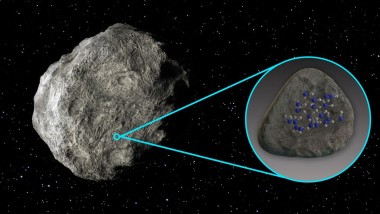Curiosity Mars rover discovers largest organic molecules ever seen on Red Planet (www.space.com) angielski

Magazyn ze zdalnego serwera może być niekompletny. Zobacz więcej na oryginalnej instancji.


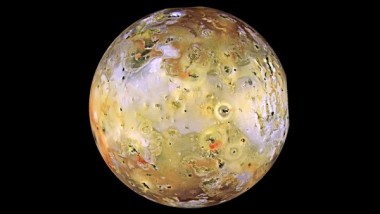



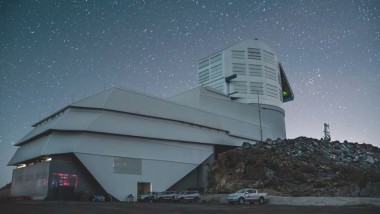

cross-posted from: rss.ponder.cat/post/16484

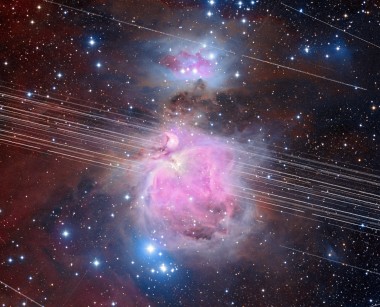


…using data from the radial velocity (RV) detection method. This study holds the potential to help astronomers develop more efficient methods in detecting Earth-like exoplanets, which are traditionally difficult to identify within RV data due to intense stellar activity from the host star.
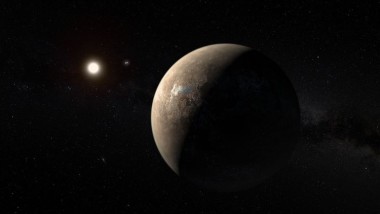
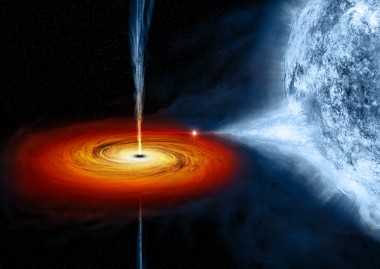


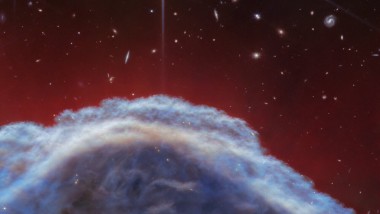






Water molecules have been detected on the surface of an asteroid for the first time, revealing new clues about the distribution of water in our solar system....
